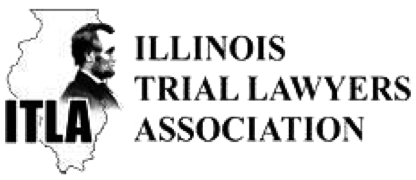The USA Today (6/22, Szabo) reports, “There's a growing debate about the safety of the recycled rubber chips used to cushion falls on many children's playgrounds.” The Environmental Protection Agency (EPA) has approved rubber play surfaces since 1991, both to protect children from head injuries and to prevent tires from ending up in landfills. However, EPA officials now “say they can't vouch for the safety of recycled rubber, which can be contaminated with lead and other toxins, according to internal documents released under the Freedom of Information Act.
New York and New Jersey “last year closed half a dozen [synthetic playing] fields because of high lead levels. The EPA is conducting a pilot study to decide whether to launch a larger, more comprehensive study of the risks,” spokesman Dale Kemery says.
Despite the risks, rubber chips present real advantages. A 1997 Lancet study found that playgrounds with rubber surfaces had the lowest rate of injury, with half the risk of bark mulch and a fifth the risk of concrete. Playground injuries cause 200,000 emergency room visits and about fifteen deaths each year.
As a Chicago personal injury lawyer, I support further testing of the recycled rubber chips and the evaluation of other safe alternatives. If the chips are truly harmful, then the decreased risk is not worth exposing children to harmful chemicals.






